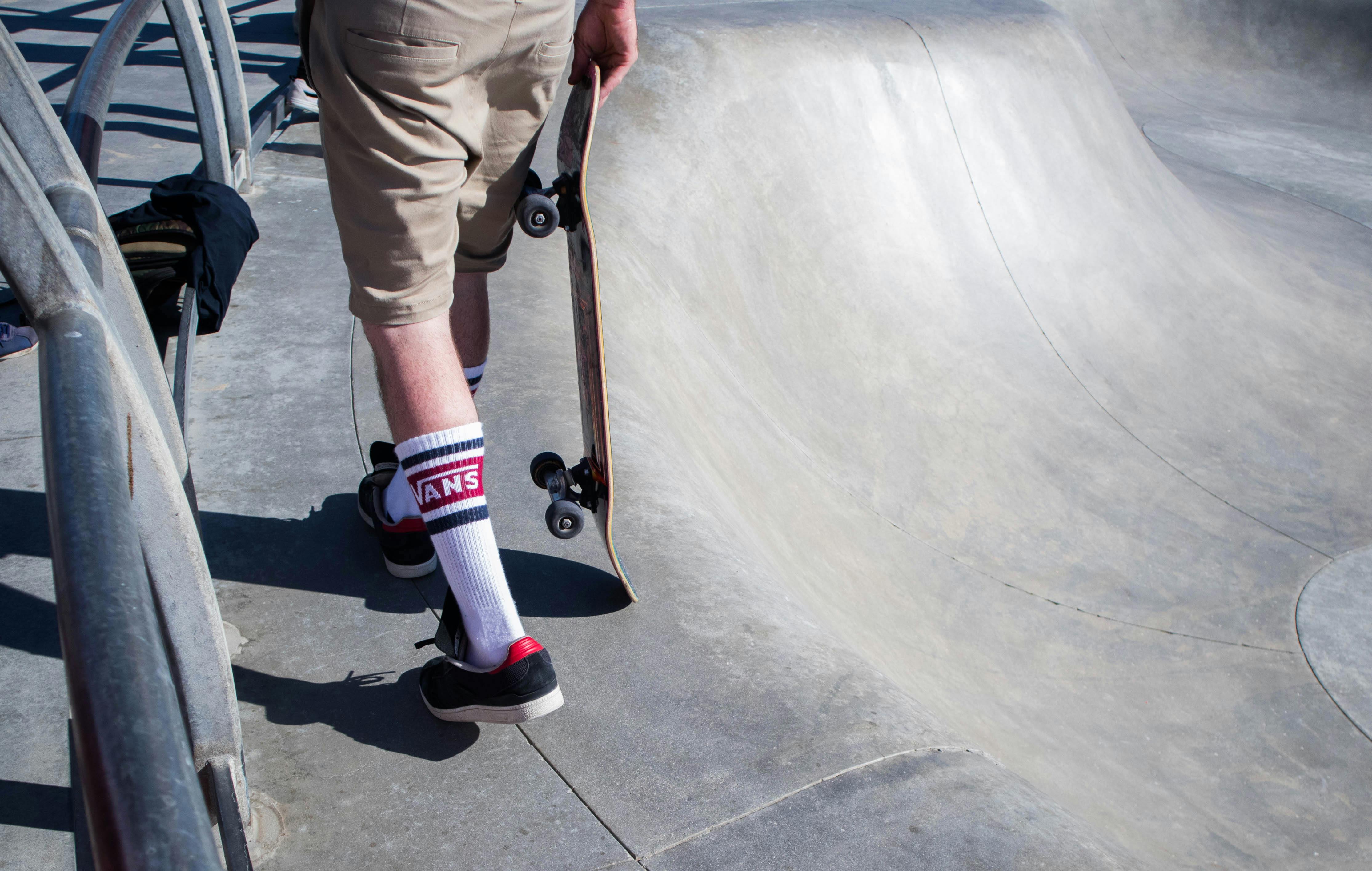
Rosacea: is it really? "The curse of the Celts?"
Countries affected by rosacea
It has been widely reported that rosacea tends to affect people of north-western European descent and is called the curse of the Celts by some in Britain and Ireland. However, it is considered important in several other countries, including Canada, the United States, and Sweden. In Canada it affects around 1.5 million people and March is Rosacea Awareness Month. This is also the month during which Saint Patrick’s Day celebrations are celebrated and this could indicate a connection between Irish heritage and skin condition. Alcohol is a known trigger for people who are susceptible to rosacea, causing a flushed face or flushed cheeks. The Rosacea Awareness Program (RAP), winner of several Canadian dermatology awards, says’ St. Patrick Celebration can bring about the curse of the Celts. Studies confirm a genetic predisposition to rosacea. Rosacea is also relatively common in the United States, affecting more than 14 million people. Again, it’s significant enough for there to be Rosacea Awareness Month, which is in April. In a 1989 study of 800 office workers in Sweden, the prevalence of rosacea was 10%. Rosacea is said to be one of the most common skin conditions in Ireland and the term “Irish Bosco Cheeks” is not uncommon. Rosy cheeks are caused by mild rosacea; Bosco was an Irish puppet with very red cheeks.
Analyzing the fragmented statistics.
If it is said to affect more than 14 million people in the US, it can be converted to a “percentage of the population” and it is about 5% of the population. If it affects more than 1.5 million people in Canada, this can also be converted to a percentage figure and it is about 5% of the population. The prevalence in Sweden is reported to be 10% in one study. It is reported that in the UK 1 in 10 people are affected which is 10%. A study in Ireland showed that 14.4% of the 1,000 subjects examined had rosacea. Putting these statistics in a table:
Ireland 14.4%
UK 10%
Sweden 10%
USA 5%
Canada 5%
The incidence in Ireland is 44% higher than in the next country in the table and almost three times higher than in countries like the US and Canada.
Evidence of a genetic predisposition.
In the Canadian Rosacea Study, “all respondents indicated that their ancestral communities of origin were South West England or South East Ireland.” Southwest England has close ties to South East Ireland
Does it really affect more women than men?
In a US study, the prevalence rate of rosacea in ‘Caucasian women’ was 16 percent, which is considerably higher than the incidence among men, as only 5% of the population has rosacea. In the Swedish study, the rate was 14% in women and 6% in men. Conclusion: The incidence of rosacea in Ireland is significantly higher than in the rest of the countries included in this study, and it is also established that there is a genetic predisposition. Based on these assumptions, it would appear that the term “curse of the Celts” can be justified.